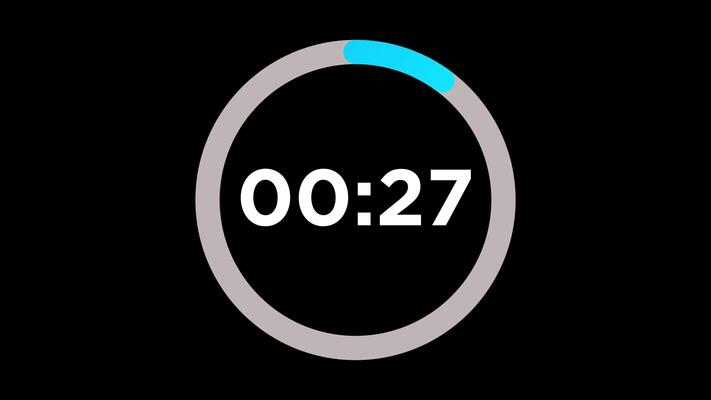In the fast-paced world of digital technology, distractions can be found everywhere and make it difficult to focus. Being able to control time isn’t just an art, but an advantage. The perfect timer is the secret weapon you need, when you’re in the midst of studying or working from home or working on personal tasks. The Pomodoro Timer is a must. This is more than a basic timer, it’s a powerful productivity tool that allows you to be more efficient and remain focused and help you get more done, while also feeling less overwhelmed.
Pomodoro Technique The Effectiveness of the Technique
The Pomodoro is an alarm clock that’s more than just a simple clock that ticks. It has its origins in the field of science. It was developed in the late 1980s by Francesco Cirillo, the technique breaks work into timed intervals, generally lasting 25 minutes, and referred to as “Pomodoros,” followed by short breaks. This structure mimics the brain’s natural rhythm. It helps us stay focused without feeling fatigued.

Each session is like an athletic race. If you know that a break is just minutes away, it is much easier to keep your eyes off distractions like social media or endless scrolling. When the alarm goes off, it is a reminder to not only stop but also to recognize your accomplishments.
Countdown Timers: Keeping grounded in the Present
While a Pomodoro timer provides structure for deep work, a countdown timer adds urgency. The psychological effect is referred to as “temporal shortfall” when a clock ticking can be observed. Time is more valuable. A background countdown can make you more conscious of the time you have, whether you are preparing for a presentation or studying for a test.
Timers online are usually equipped with this feature which lets you specify the exact time you need. Digital timers record your preferences, cycles, and even the length of breaks, so they are much more flexible and personal over traditional timers in the kitchen.
Stopwatch Timers: Measure Effort and Not just Time
Stopwatch timers fall in the category of time management. It does not count down, but rather upwards, recording the duration it takes to finish a task. This is useful for anyone who wants to improve time estimation, learn about pattern of work, or even track the billable hours.
For designers, professionals or entrepreneurs Utilizing a stopwatch timer to keep track of the time the process takes to compose an article or edit a video or complete a design project provides insight into your work habits. Over time, it becomes easier to plan your day by focusing and calculating.
The Progression of the Smart Online Timer
The tools for online timers of today don’t simply display clocks on screens. These smart browser-based timers remember your settings even after you close the tab. They offer seamless experience due to features such as automatic advancement between break and work sessions, custom cycle counters, sound notifications, visual progress rings and auto-advance.
There’s also the option to turn on a feature called “Keep the screen on” This will make sure that your device doesn’t shut down while you’re in the middle of an event. You can also utilize keyboard shortcuts that will streamline your workflow. For instance, Space for play/pause, and R to reset.
Touch. The Touch: The Human Touch: Planning, Reflecting and adapting
Timers can only be so efficient. When we think about them then the real transformation happens. To make the most of every Pomodoro, it’s beneficial to break down large goals into smaller and manageable goals. After a few cycles, taking a longer break allows the mind to recharge. This can be achieved by walking, sitting in meditation, or having a snack.
Following the session, reflect about how many Pomodoros were completed, what difficulties you experienced as well as any improvement that could be implemented. This turns a tool into a successful growth strategy.
Conclusion
Pomodoro is not just a tool for productivity, it’s also a shift in mindset. It enables you to focus on your work as well as taking mindful breaks and establishing a better relationship with time. By breaking down tasks into specific intervals, it allows you to transform massive to-do lists into achievable steps. Finding rhythm, being present and ending the day with a sense of progress are more important than simply crossing off the tasks.